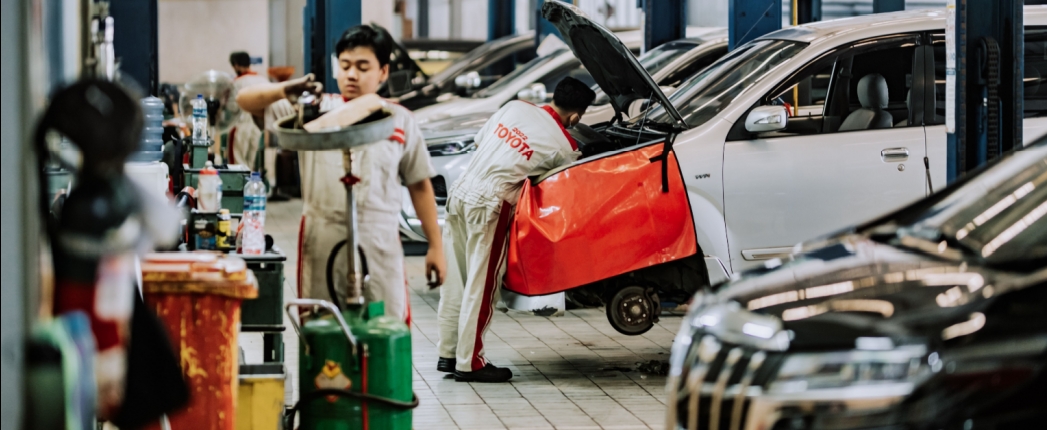
SINGAPORE – Indonesia’s lubricant demand is expected to grow to 1.32 billion liters per year by 2026, with automotive lube formulations continuing to shift from conventional formulations to semi-synthetic and synthetic products, a Pertamina official told the ICIS Asian Base Oils and Lubricants Conference held here recently.
To reach that level of demand, the market will need to have grown by a compound annual rate of 2.8% since 2021, when 1.15 billion liters (1 million metric tons) was consumed.
“The market share of each segment [consumer automotive, industrial and commercial automotive] are still quite the same,” Werry Prayogi, president director of Pertamina Lubricants told attendees at the ICIS Asian Base Oils and Lubricants Conference in March. Out to 2026, consumer automotive and industrial lubricants demand are both projected to grow by a compound annual rate of 2.8%, while commercial automotive is expected to have a CAGR of 2.4%.
In 2021, mineral based lubricants’ market share in Indonesia was more than 75%. However, “semi-synthetic and synthetic based lubricant demand will grow to about 26% while mineral based lubricant will decline [by 2026],” he added.
One of the reasons for the steady demand of mineral lubricants is the lack of regulations that impose vehicle age limits. “You can find automobiles that are 30 years old, and some of them still need conventional lubricants,” he said.
According to Werry, the main drivers of automotive oil trends in the country are emission regulations and new technologies. Indonesia is currently implementing Euro 4, B35 biodiesel and new fuel economy vehicles.
In addition, “the [Indonesian] government announced both non‐fiscal and fiscal incentives for new capital city investments in March 2023. The project is expected to begin in 2024. This will accelerate urbanization and motorization in the country,” according to LMC Automotive’s March Asean Light Vehicle Sales Update.
The company forecast Indonesia’s 2023 light vehicle sales to reach 983,000 units, a 2% increase year-on-year. LMC Automotive is a global automotive market intelligence firm with offices in the U.S., Europe and Asia.
According to Pertamina’s research, the country’s total base stock demand exceeds domestic supply. Total demand is more than 800,000 kiloliters per year.
“Pertamina is the sole local base oil manufacturer in Indonesia and produces Group I and 4 [centiStoke] and 6 cSt grades of Group III+ at its PT Patra SK plant in Dumai, [Riau],” he said. “Group III base stocks are in surplus, while mineral base stock needs to be imported to meet demand.”
Supply of Group III is more than 400,000 kl/yr while demand is only about one quarter of supply. Meanwhile, there is undersupply in Group I and Group II where demand is 800,000 kl/yr, more than double supply.
“We aim to have finished products using Group III base oil and sell the remaining base oil,” Prayogi said. Pertamina Lubricants has three lubricant blending plants in Indonesia. The Jakarta plant has production capacity of 270 million liters per year, the facility in Cilacapcan produce up to 80 million l/y and its Gresik site has production capacity of 120 million l/ye. The company’s only overseas blending plant is in Thailand with a capacity of 60 million l/y. The company also has a grease plant in Jakarta with capacity of 8,000 tons per year.